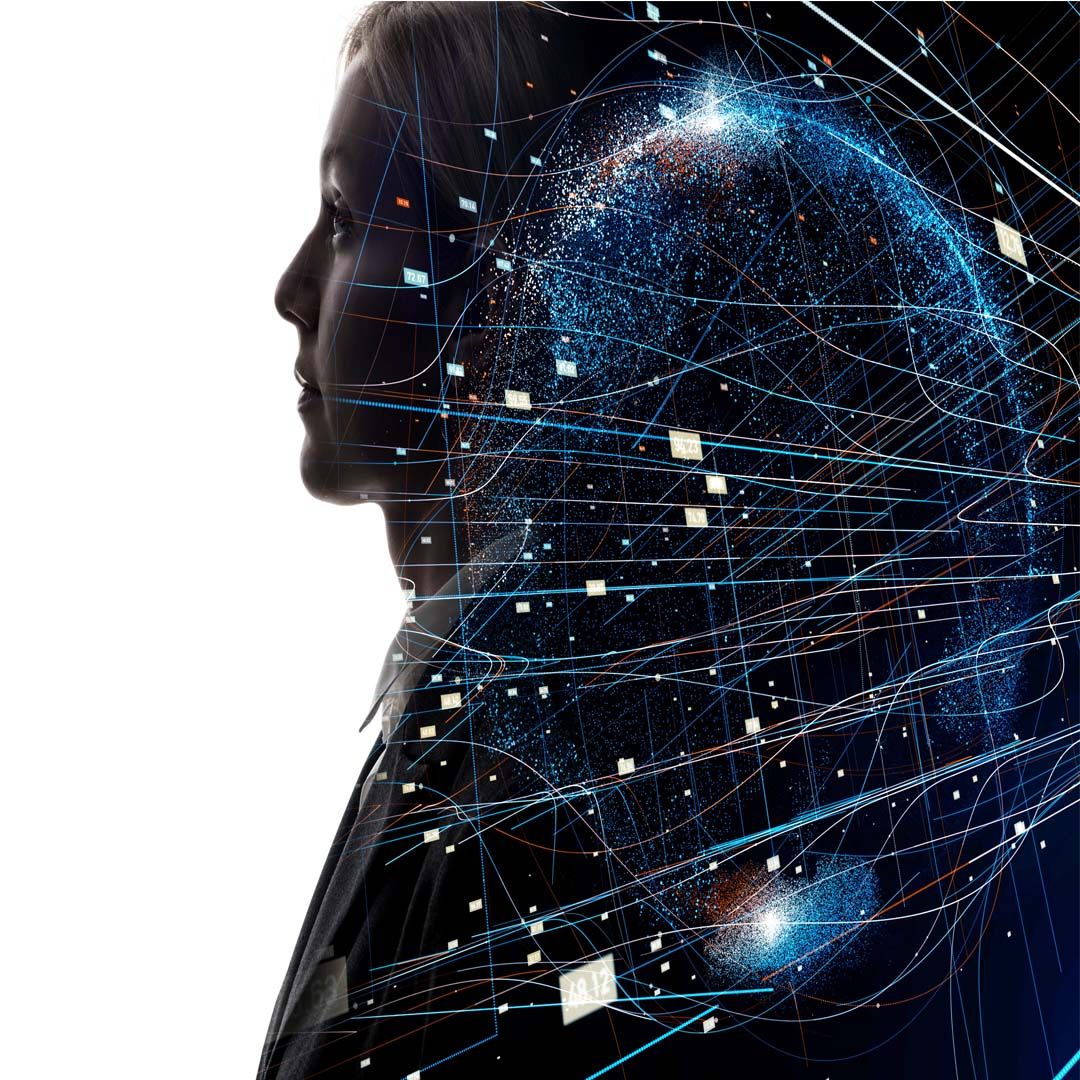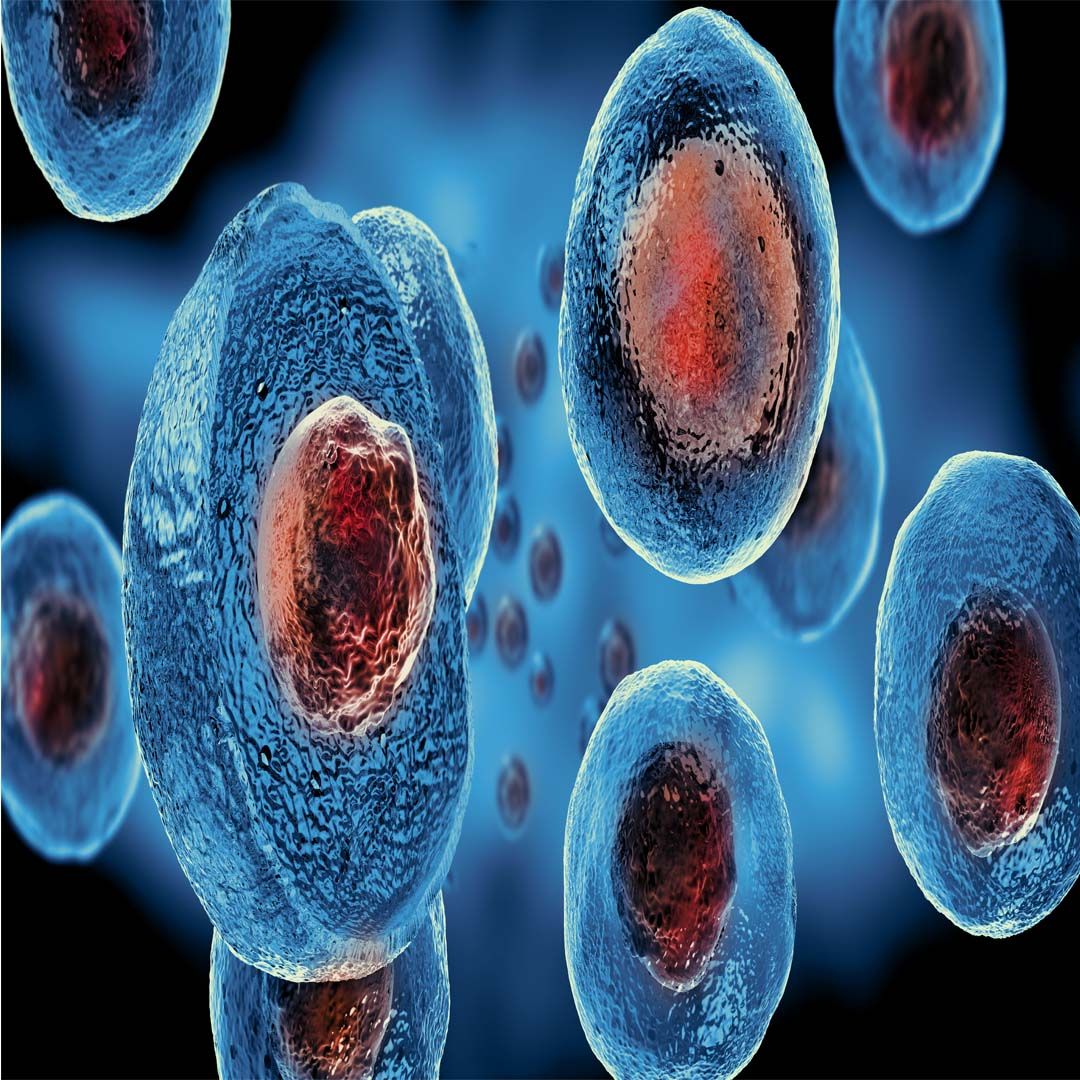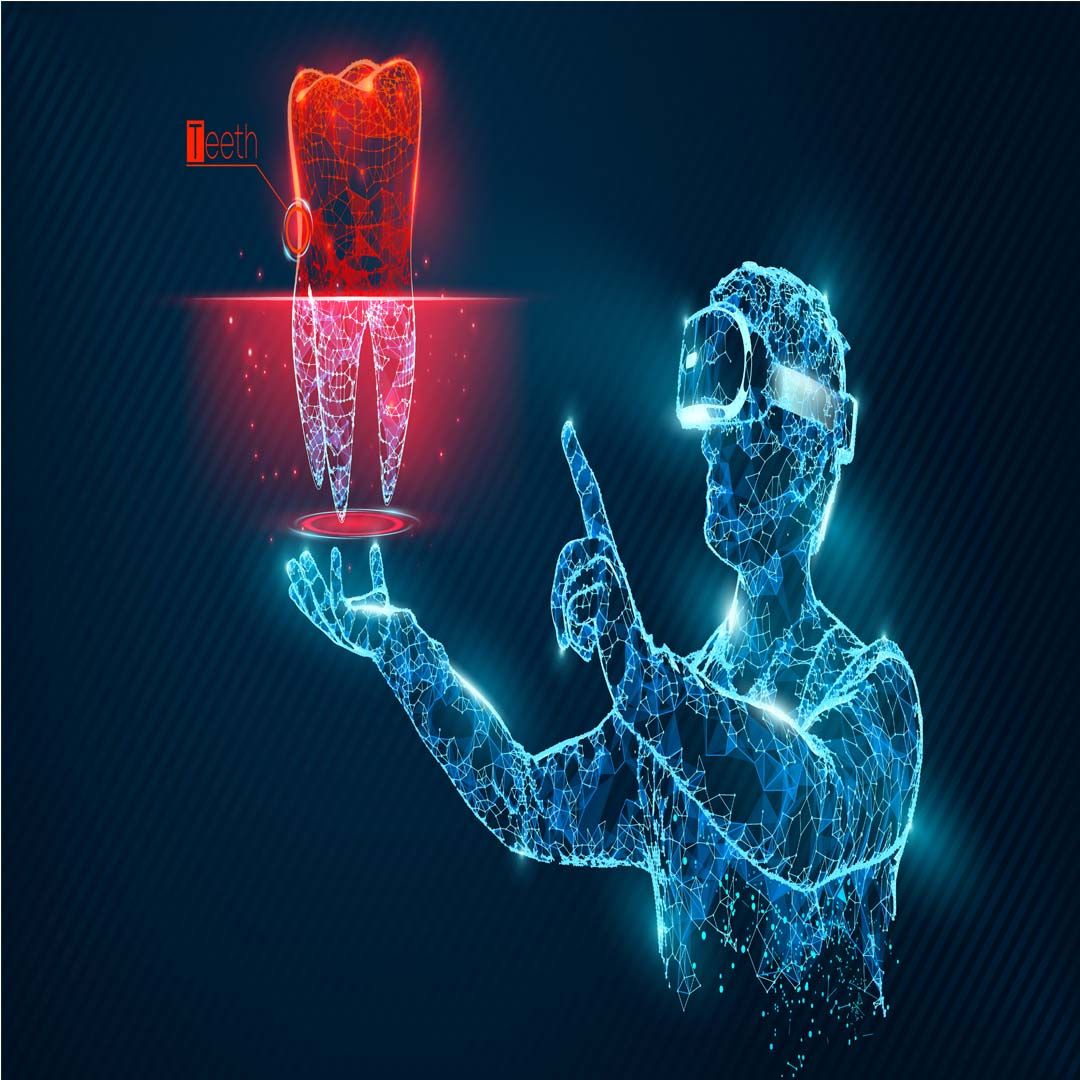- About Us
- Advertise
- Editorial
- Contact Us
- Terms and Conditions
- Privacy Policy
- Do Not Sell My Personal Information
© 2025 MJH Life Sciences™ and Dental Products Report. All rights reserved.
6 Technologies Where Scientific Discoveries and Dentistry Collide
The future of dental technology is inherently entwined with the future of scientific discoveries.
Dentistry and science are intrinsically connected, so they benefit from the discoveries of one another. Scientific discoveries have made dentistry more advanced, not to mention a better experience for patients and clinicians. Here is a look at some of the scientific discoveries that may have, or have had, an impact on dentistry.

CRISPR Cas9
The clustered regularly interspaced short palindromic repeats (CRISPR) is a complex series of DNA sequences found in genomes of bacteria and archaea. These sequences search for DNA from bacteriophages during infection and then destroy them. It is a powerful tool in the antiviral defense system by providing a form of acquired immunity. Cas9 is an enzyme that utilizes CRISPR sequences as a guide in cleaving particular strands of DNA complementary to the CRISPR sequence. Simply speaking, CRISPER-Cas9 can be used to edit genes in living organisms. This sort of gene therapy can be deployed in a variety of ways, but the one that probably sticks out the most is the eliminating of genetic disease such as cystic fibrosis or cataracts. So how could CRISPR apply to dentistry? Well, this study demonstrates the use of CRISPR in altering and eliminating the bacteria functions of plaque and biofilm formation. With the power of genome editing, patients who are fighting oral cancer may have a new tool in their arsenal, as CRISPR is already being used for certain cancer therapies. Unfortunately, CRISPR is still relatively new technology, having only been revealed in 2013, but there are still great strides being made every day. With more time, there are sure to be advancements in oral health utilizing CRISPR.
Photo courtesy of Tatiana Shepeleva / stock.adobe.com

Artificial Intelligence
Artificial intelligence (AI) is defined as the simulation of human intelligence by machines. What once seemed to be a concept straight out of science fiction, AI has quickly become a very real and very helpful application in medicine. From storing and compiling patient data to diagnosis, AI can be a powerful tool in a dentist’s armamentarium. Companies like Pearl and Overjet have been researching AI as a means to bolster various aspects of dental practice. Things such as imaging, diagnoses, and even dental radiology can now be covered by computer learning intelligence. Even being able to compile medical data alone can make any practice more efficient than they would have been otherwise. And in an industry where technology is constantly changing, it will be interesting to see how oral health will advance with the help of AI.
Photo courtesy of metamorworks / stock.adobe.com

Teledentistry
At the onset of the COVID-19 pandemic, many practices had to close down for a time in order to protect both patients and employees from the virus. This led to a huge boost in teledentistry technologies, or, technologies that allow for virtual consultation between patients and doctors. Telehealth, and teledentistry by extension, has been around for longer than the COVID-19 pandemic, so there was already a good frame of reference for practices to go by. Borne from necessity, teledentistry stands as a technology that will continue to last whether or not COVID-19 is a factor. Older patients and immunocompromised patients who may feel more comfortable isolating at home can utilize teledentistry to directly consult with their dentist. Because of advancements in file-sharing, video conferencing, and online communication, teledentistry and telehealth are in a great place to assist patients and practices now. It is also something that puts a practice above the rest by being able to demonstrate that you have all of your patients’ needs in mind, while not being fiscally taxing or workload heavy. There are a variety of telehealth software on the market now that practices may choose to invest in, as well as training programs and courses to help practice employees get up to speed.
Photo courtesy of insta_photos / stock.adobe.com

Regenerative Cell Therapies
Stem cells are basically what you could call a body’s raw material, and they can divide to create a variety of different types of cells such as blood, bone, heart, or nerve cells just to name a few. Many doctors hope to use stem cells as a means to understand why certain diseases occur and to perhaps utilize stem cells to heal where disease may hurt. Stem cells come from embryos, adult bone marrow or fat, and adult stem cells that are similar to embryonic stem cells. Back in 2016, a group of scientists from the University of Nottingham and Harvard University created an experimental treatment in which regenerative dental fillings supplement teeth in the self-healing process. This eliminated the need for a root canal in the teeth. The filling stimulated stem cells to help the dentin grow, allowing patients that had damaged teeth from dental disease to essentially regrow their teeth. Stem cell therapy is considered controversial in some ways by its use of embryonic stem cells, which may turn some folks away. In dental procedures, the stem cells already exist in the dental pulp, they just need to be stimulated and mobilized. But there may still be reason to be wary. In 2019 the U.S. Food and Drug Administration (FDA) issued a warning against unapproved stem cell therapies. The FDA urges patients to vet the information carefully when seeking out such therapies. That is to say, stem cell therapy may have a long way to go yet before it can be regularly used in popular dental treatments.
Photo courtesy of Giovanni Cancemi / stock.adobe.com

Spatial Reality
When you think of virtual (VR) or augmented reality (AR), your first thought may be a video game, or an immersive YouTube video. But this technology has a great deal of applications in the medical field, including dentistry. To clarify the difference between the two, VR requires a headset, and places the wearer in a virtual space wherein they may use hand controls to simulate various procedures. AR is a technology wherein you could look through your phone or some sort of screen and see enhancements to the environment one is already in. For example, one could see a projected image of a patient’s scan chairside, right next to the place of procedure. Dental training programs in undergraduate schools can utilize VR or AR to educate students in a hands-on virtual environment. This study demonstrates the great help that AR/VR can be in maxillofacial surgery, allowing for haptic feedback in clinical training. Surgeries can be pre-planned either by using a simulation software in VR or a preview simulation in AR. Sony and SmileFy have even released a Spatial Reality Display, in which case clinicians may view a 3D projected image of a patient’s head, compiled by data from CBCT scans, digital impressions, and facial scans. This seems to be just the beginning of the future of 3D spatial imaging in dentistry.
Photo courtesy of matrosovv / stock.adobe.com

Robotics
Robotics has been an ever-evolving technology since the early 2000s and before, and now, with 2021’s technology, robotics can take the center stage as a mainstay in dentistry. Robotics is the marriage of computer science and engineering, two key aspects of modern dentistry. With various imaging programs, software, and careful operatory conditions, dentistry can benefit greatly from robotics. Navigational guidance provided by robotics can help a dentist in accuracy during a procedure. There are even therapeutic applications of nanomaterials and nanorobots in oral health. Robotics can be precise where human error could not, granting better patient outcomes and overall satisfaction. The Yomi Robotic Dental System is a U.S. Food and Drug Administration-cleared robotic device for dental implant surgery. Its application and approval may prove that robotics in dentistry are on the path to practical, everyday application.



